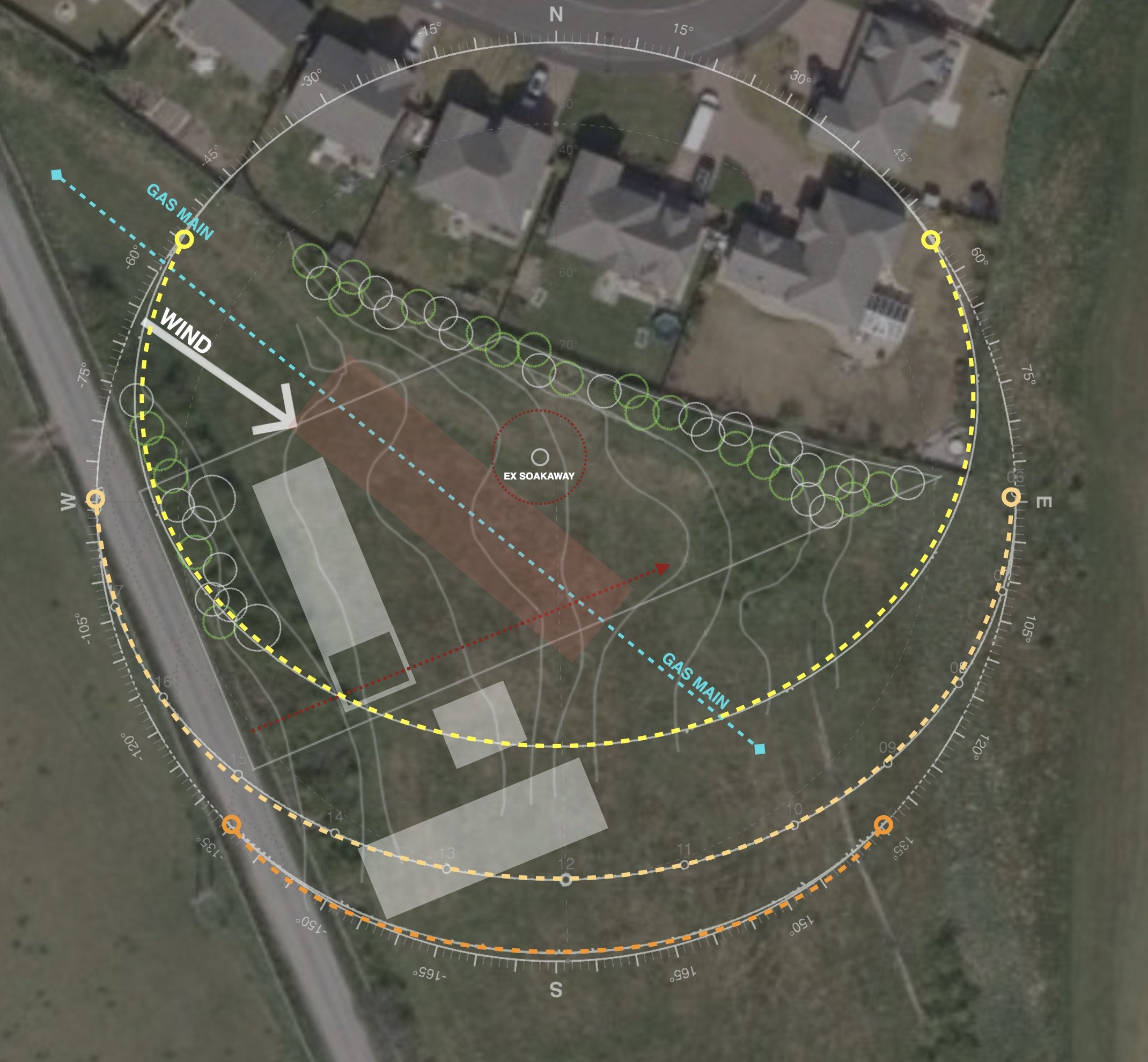Month 03
Our aim with this short series of posts, is to provide a quick overview of the Self-Build process, explaining what to do and when, in the hope of making it appear less overwhelming, enabling you to realise your dream of building your own home.
Month 03 - Appoint Your Design Team!
Appoint Your Design Team
Now that you have your site secured, it is time to appoint a design team. On a basic level you will need the following design team members as an absolute minimum;
Architect
Structural Engineer
Your Architect is the key member of your team. They will typically be with you from Project inception to completion, understanding and developing your brief and manifesting it in a design that is unique to your requirements and site. They will also assist with navigating the often complex process of building a new home, assisting with negotiations with Planning, Building Control and of course Contractors. When your project commences on site, the Architect can review the Contractors performance on your behalf, whilst also assisting the Contractor with site queries. For a more in depth overview of what an Architect can do for your project at each stage, we encourage you to consult our free pdf download, available here. It is not strictly necessary to have a local Architect either. At Novo Design Studios, we work all over the country, utilising digital technology to communicate ideas and information easily and quickly. Aligned with regular visits to site, this process ensures a successful, collaborative and timely project. What is important, is that you build a trusting relationship with your Architect to realise your dream home. They will be required to understand, empathise and interpret your specific requirements for your new home.
The next crucial member of your Design Team is your Structural Engineer. Often, your Architect will have an Engineer that they like to work with, so it is good to ask them. The Engineer will be responsible for the design of your foundations, below ground drainage, and superstructure. They are also key to providing design certification in support of your Building Warrant application. Working closely with your Architect, the Engineer will assist in deciding the most appropriate and cost effective way of building your new home whilst respecting the integrity of the original design ideas.
Other key members of the team can include the following;
Passivhaus Designer/ Certifier - perhaps your Architect is your Passivhaus Designer. If so, you will also need a separate Passivhaus Certifier if you are seeking Certification.
Services Engineer - assisting with the design of complex heating or ventilation systems.
Lastly, the final key member that you may wish to consider is a Quantity Surveyor. A ‘QS’ is a construction cost consultant. Try to use one that specialises in domestic self-build design. Indeed, if your home is a specialist Passivhaus or Low Energy Home, it is often best to employ a QS that is experienced in the delivery of such homes. The QS will assist you in managing the financial decisions required during the design process. Every design decision has a fiscal impact. A good QS will provide positive feedback to the design team to ensure that the design is developed in compliance with the determined project budget. Often, building your own home is the single most important financial decision that you will make. Having professional assistance to manage this process can be invaluable and save you money.
Congratulations, you have appointed your Design Team! Our next article will explore interpretation of your Brief and Development of Concept Designs.
We hope this article has been helpful and inspirational. If you would like to know more, you can contact us here.
Month 02
Our aim with this short series of posts, is to provide a quick overview of the Self-Build process, explaining what to do and when, in the hope of making it appear less overwhelming, enabling you to realise your dream of building your own home.
Month 02 covers one simple task - Securing Your Site.
Secure Your Site
You have established your Brief in Month 01. Now it is time to secure your chosen Site!
Once you have identified a site that meets your requirements, it is important to move quickly to secure it. Little do people realise, there are in fact several ways to secure your chosen site. First, is to simply purchase it. Perhaps the site already has Planning Permission for a home. If this is the case, it is a good idea to contact the local planning authority to understand any constraints placed on the consent. It may be that there is room for manoeuvre in terms of changing the design to suit your specific requirements.
Alternatively, you can secure your site with an Option. An option is a legally binding obligation to purchase the site should you secure full Planning Consent. It is useful on sites that perhaps do not have full Planning Consent in place. Should you be unable to secure your required Consent, then you can simply walk away from the deal. Options are often time constrained to ensure timescales are kept reasonable to protect both parties.
Be mindful that often sites can be sold without service connections. These can be difficult and costly to bring to a site. Due diligence should be undertaken on this specific point before entering into any agreement. Validate any servicing claims made by the vendor, check availability and cost of installation and connection of services. You can of course place a condition and burden on the Purchase Agreement that obligates the Seller to Service the Plot. Often, these will have a monetary limit attributed to them.
Note that entering into any legal agreement should only be undertaken with the advice of a solicitor. In this, you should endeavour to work with a solicitor who is familiar with land acquisition. Often, standard conveyancing solicitors are not familiar with the nuances of bespoke land acquisition deals, particularly in the case of Option Agreements, and are perhaps not appropriate for such deals. Ask your solicitor what their experience is and if they have undertaken any similar agreements in the past. Speak to previous clients of theirs to determine whether or not they were happy with the service.
Congratulations, your first significant milestone is reached in securing your site! Now you can begin to plan in real terms for your new home. Our next article will explore appointing your Design Team during Month 03.
We hope this article has been helpful and inspirational. If you would like to know more, you can contact us here.








